GIZMO Half Life -REVIEWED AND VERIFIED BY EXPERTS
Document Content and Description Below
Student Exploration: Half-life NCVPS Chemistry Fall 2014 Vocabulary: daughter atom, decay, Geiger counter, half-life, isotope, neutron, radiation, radioactive, radiometric dating Prior Knowledge Q... uestions (Do these BEFORE using the Gizmo.) 1. Have you ever made microwave popcorn? If so, what do you hear while the popcorn is in the microwave? I hear popping while I make popcorn. 2. If you turn the microwave on for two minutes, is the rate of popping always the same, or does it change? Explain. The rate of popping is not the same. When you first put the popcorn in there is not a lot of popping, once the popcorn starts to get warm enough it starts to pop a lot, and once all the popcorn seeds have been popped there is not a lot of popping anymore. Gizmo Warm-up Like an unpopped kernel in the microwave, a radioactive atom can change at any time. Radioactive atoms change by emitting radiation in the form of tiny particles and/or energy. This process, called decay, causes the radioactive atom to change into a stable daughter atom. The Half-life Gizmo™ allows you to observe and measure the decay of a radioactive substance. Be sure the sound is turned on and click Play ( ). 1. What do you see and hear? I hear a kind of popping, static kind of sound. Note: The clicking sound you hear comes from a Geiger counter, an instrument that detects the particles and energy emitted by de 2. What remains at the end of the decay process? . Is the rate of decay fastest at the beginning, middle, or end of the process? The rate of decay is the fastest at the beginning. Activity A: Decay curves Get the Gizmo ready: Click Reset ( ). Be sure that User chooses half-life and Random decay are selected. Check that the Half-life is 20 seconds and the Number of atoms is 128. Question: How do we measure the rate of radioactive decay? 1. Observe: Select the BAR CHART on the right side of the Gizmo and click Play. A. What happens to the numbers of radioactive and daughter atoms as the simulation proceeds? The number of radioactive atoms is going down and the number of daughter atoms is going up. B. Do the numbers of radioactive and daughter atoms change at the same rate throughout the simulation? Explain. At the beginning of the simulation it seems as if the radioactive atoms are going down a lot faster than the daughter atoms, but at the same time I believe they are going at the same rate because as one radioactive atom goes away it becomes a daughter atom, so It must be moving at the same rate. As one radioactive atoms goes down, one daughter atom goes up. 2. Interpret: How does the Half-life setting affect how quickly the simulated substance decays? The higher the half-life is the more seconds it takes for all the radioactive atoms to change to daughter atoms, and vice-versa. The lower the half-life the less seconds it takes for all the radioactive atoms to change to daughter atoms. (Activity A continued on next page [Show More]
Last updated: 2 years ago
Preview 1 out of 7 pages

Buy this document to get the full access instantly
Instant Download Access after purchase
Buy NowInstant download
We Accept:

Reviews( 0 )
$8.00
Can't find what you want? Try our AI powered Search
Document information
Connected school, study & course
About the document
Uploaded On
Jun 25, 2021
Number of pages
7
Written in
Additional information
This document has been written for:
Uploaded
Jun 25, 2021
Downloads
0
Views
88




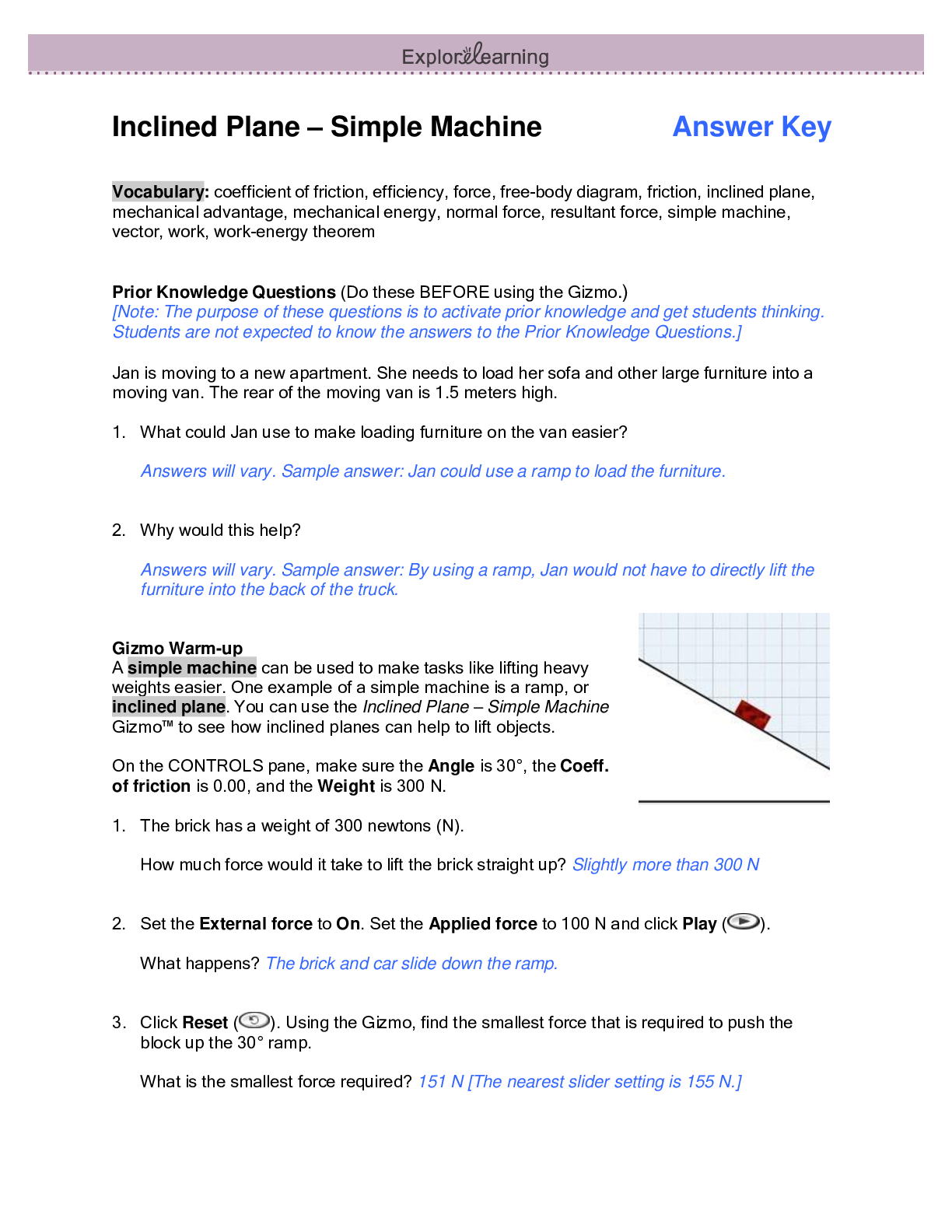





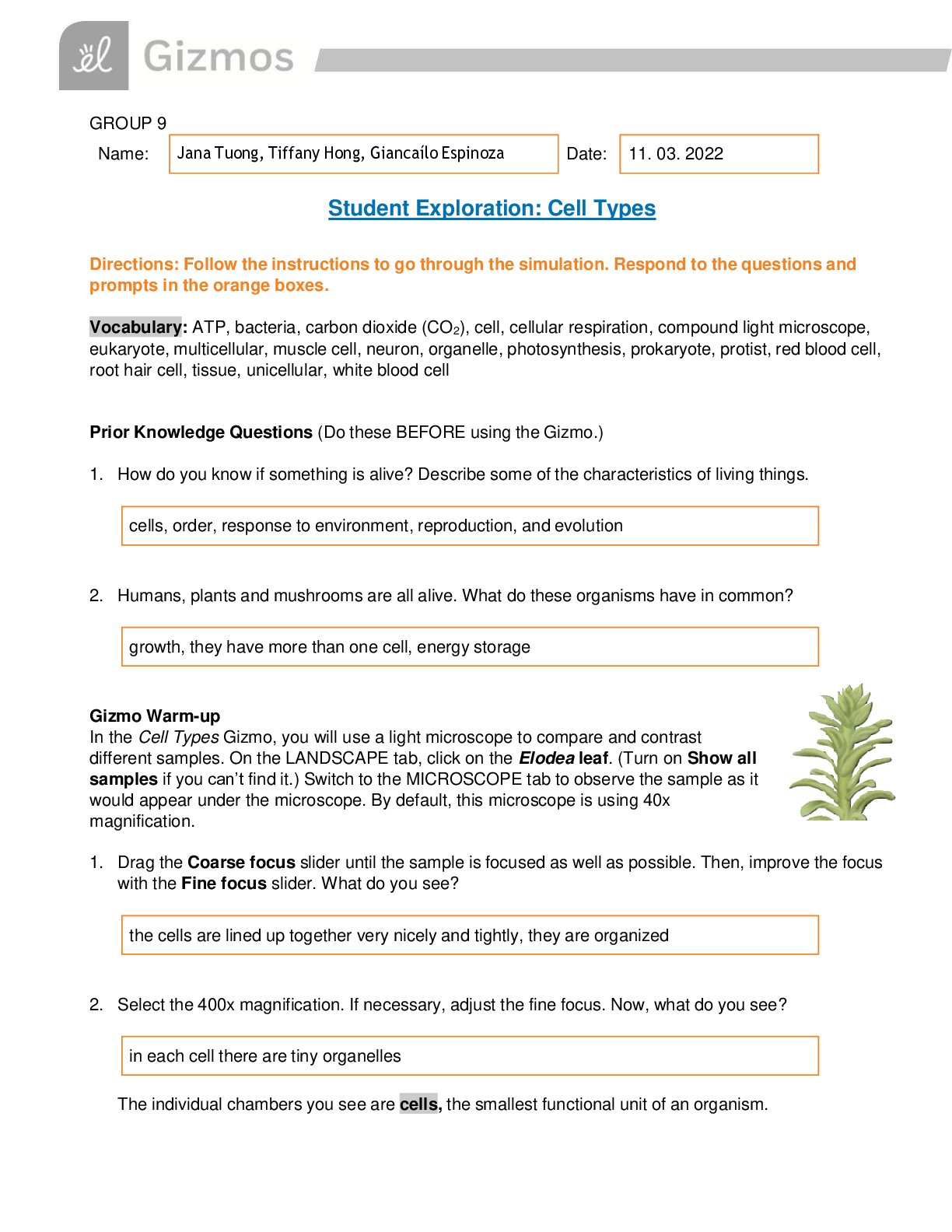

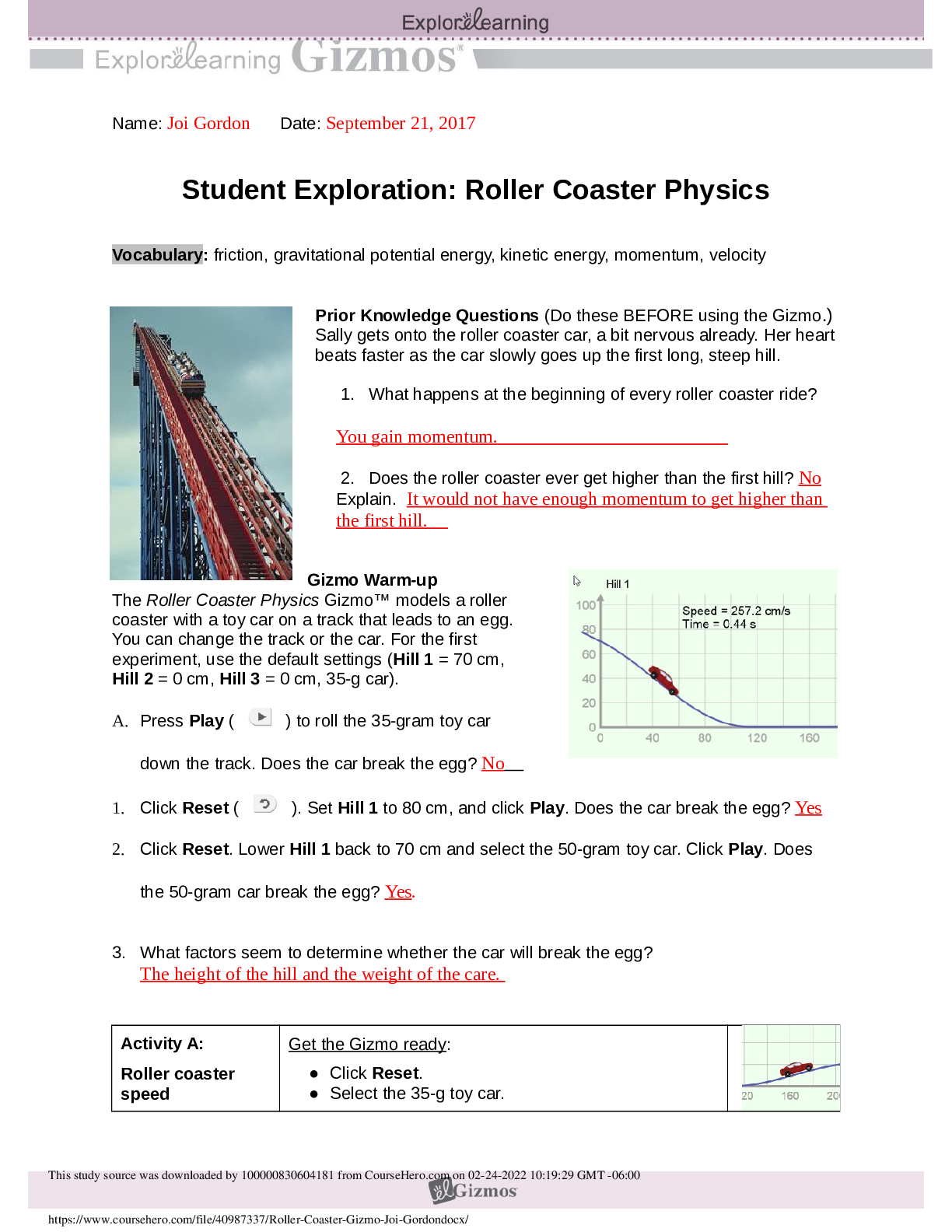



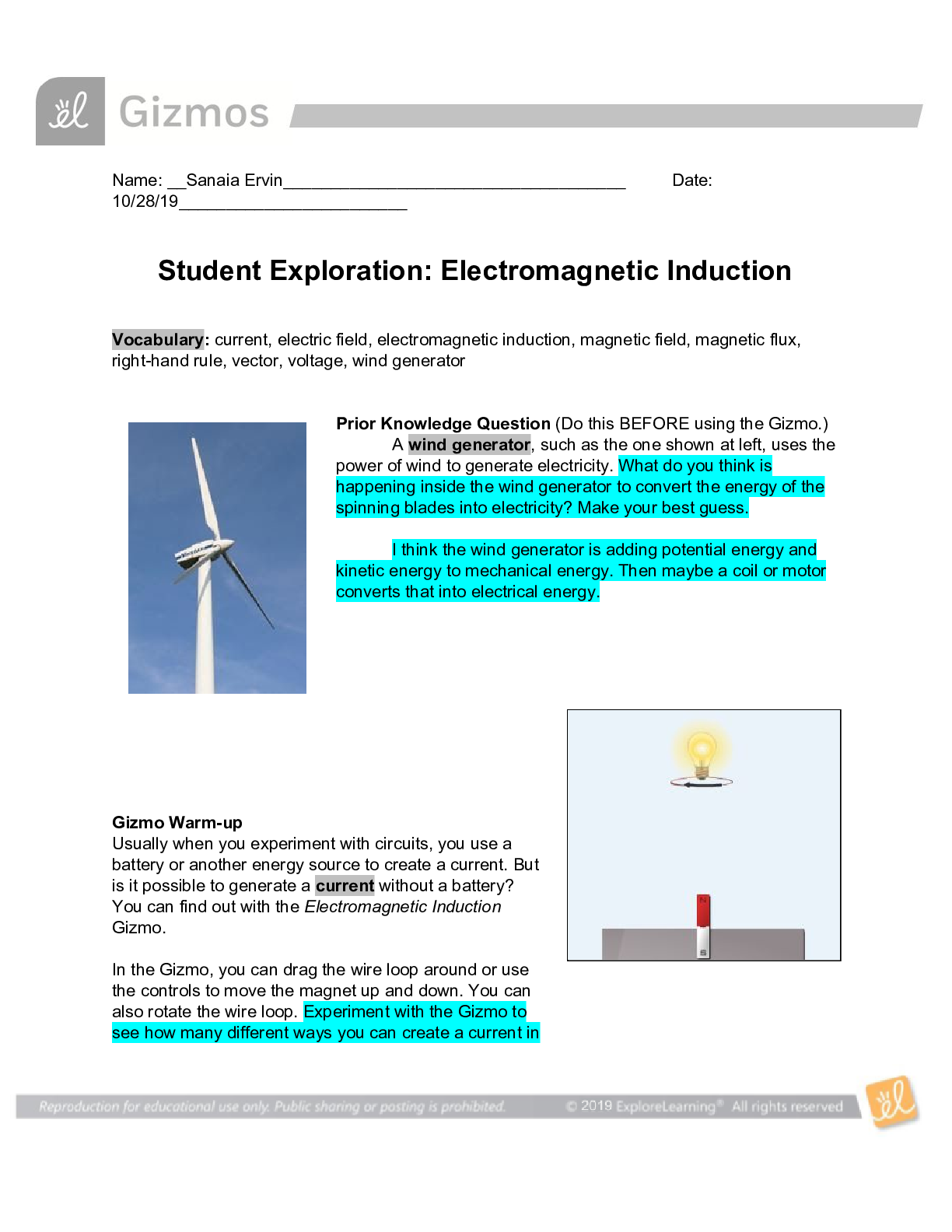

.png)
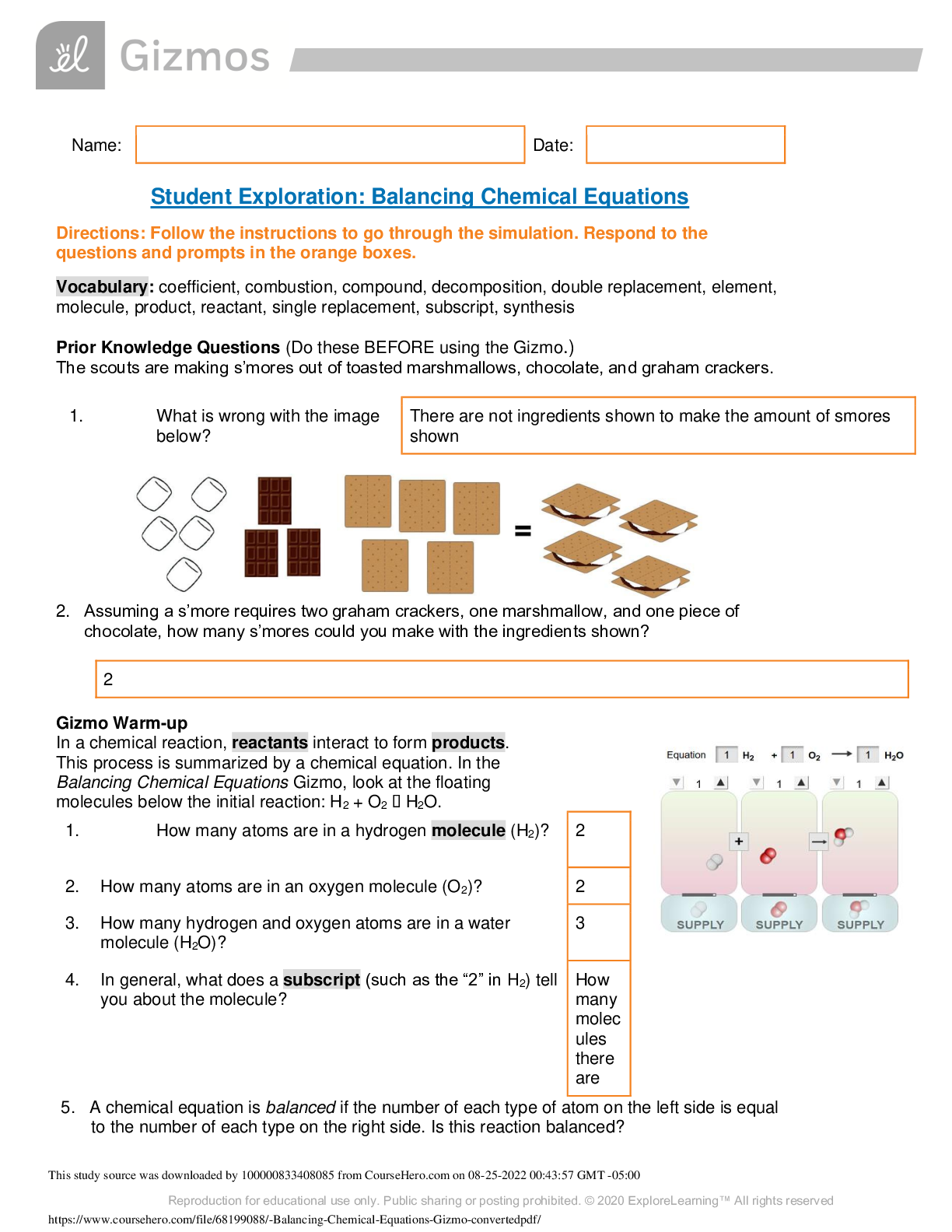
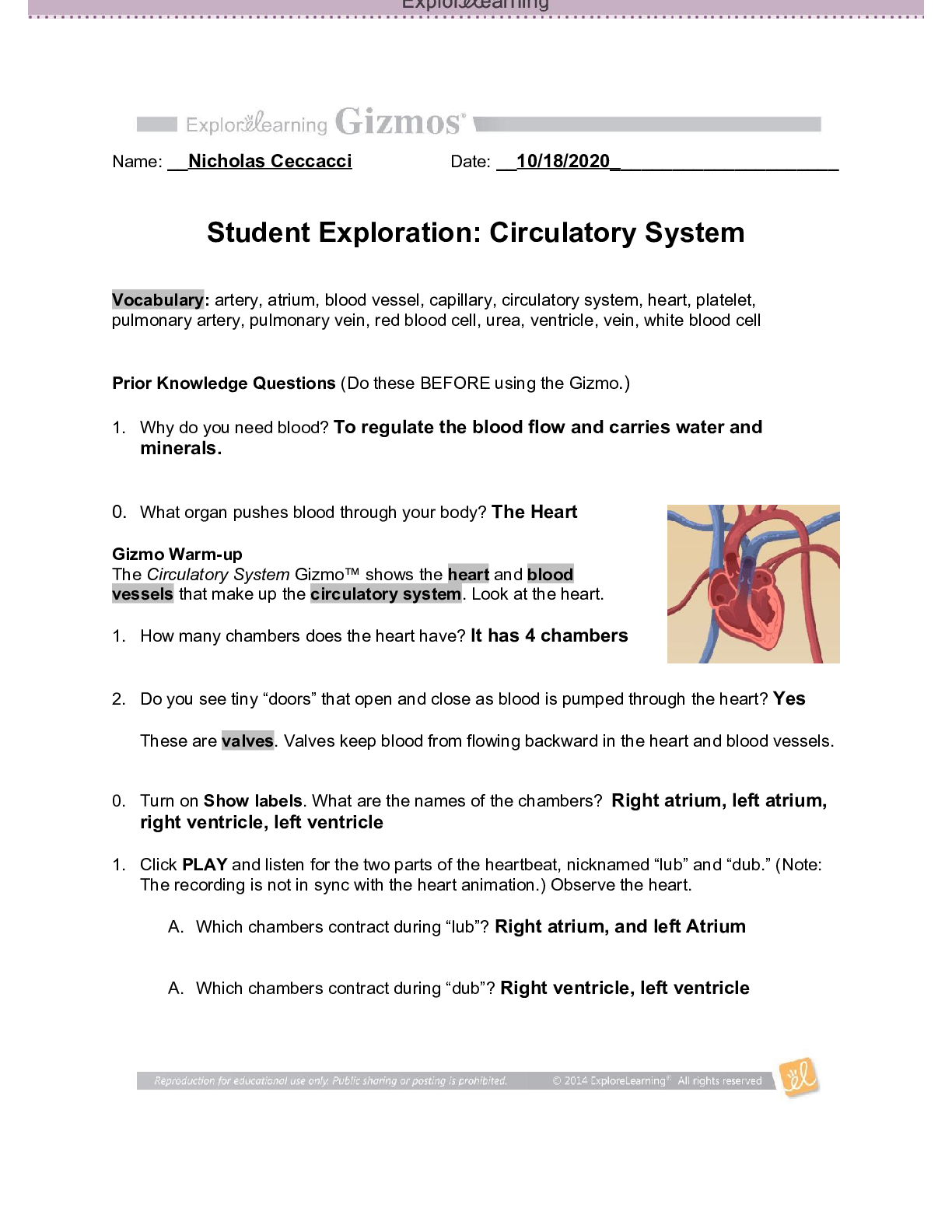
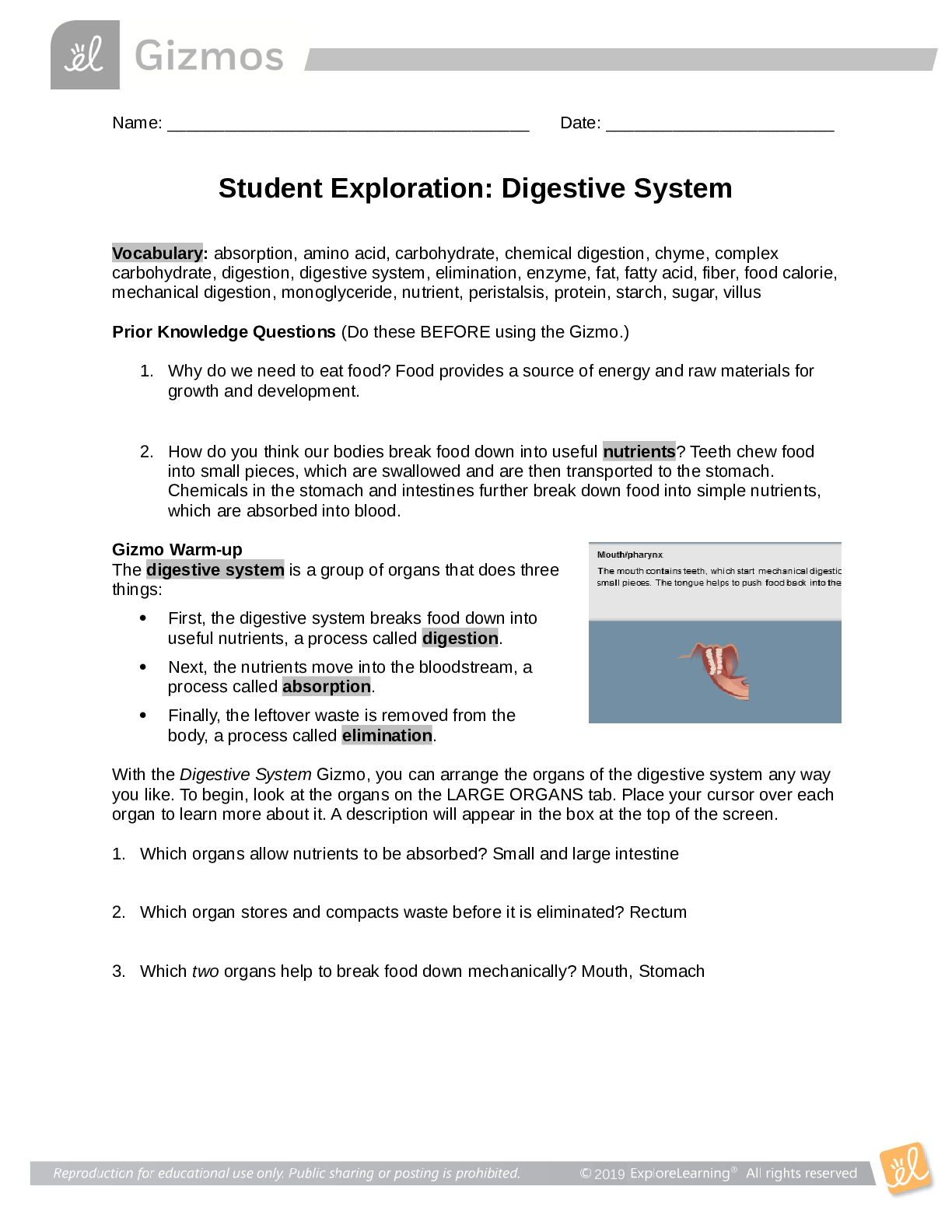
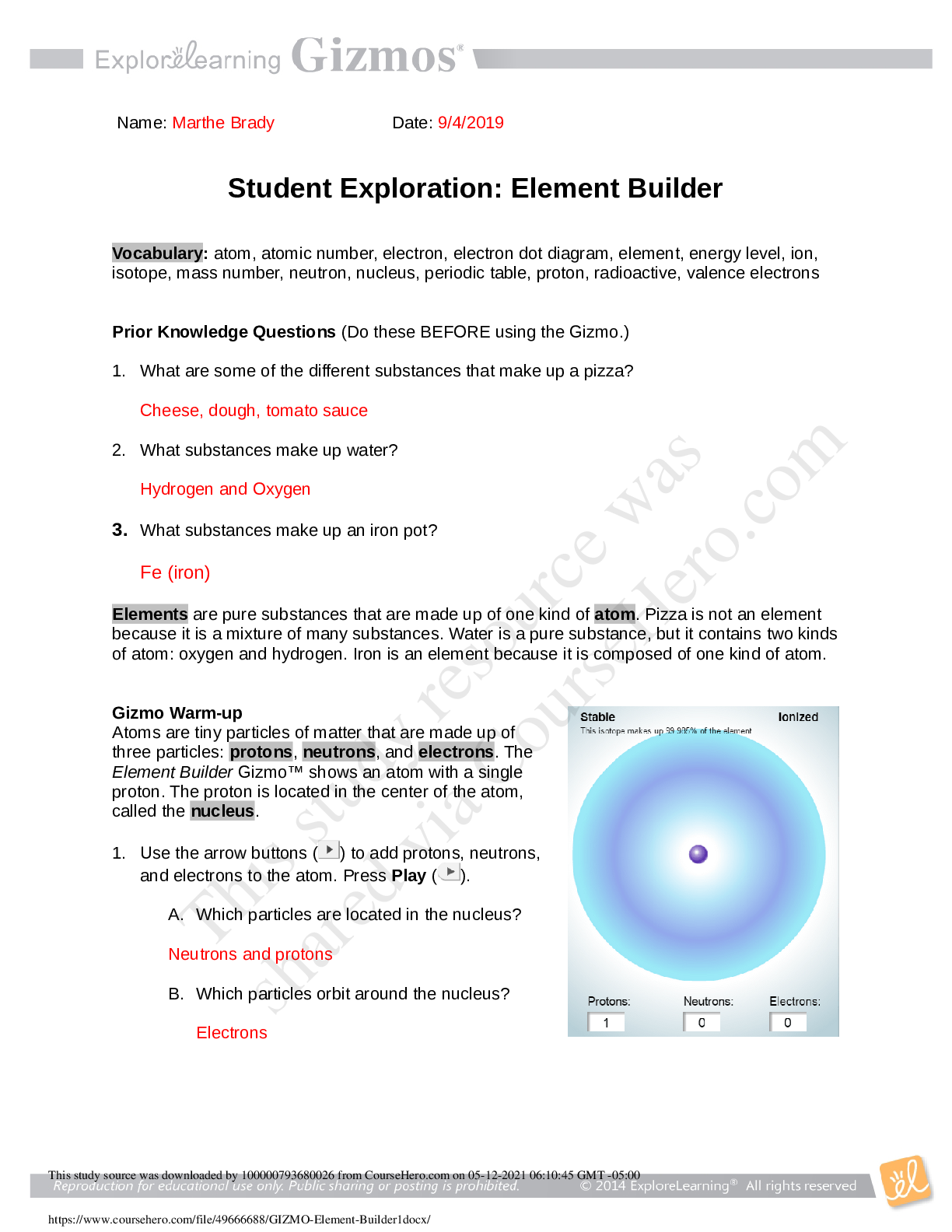
.png)

